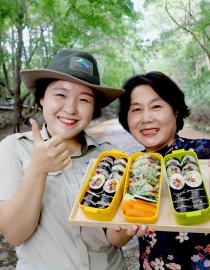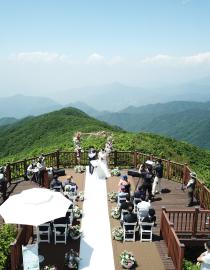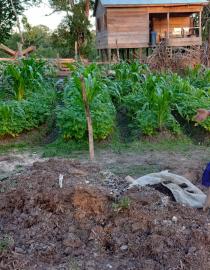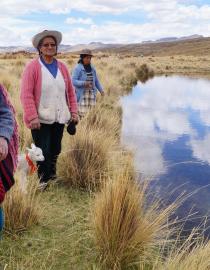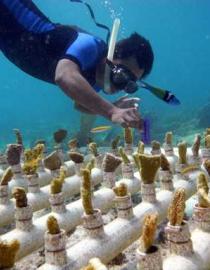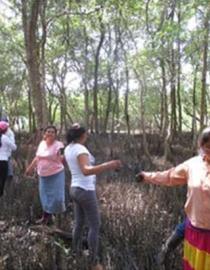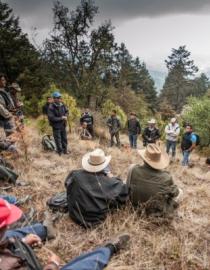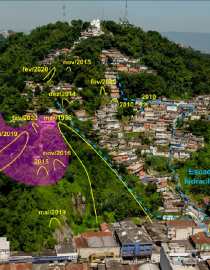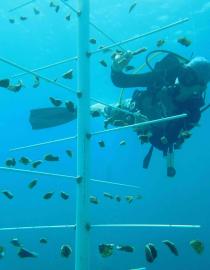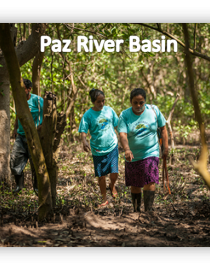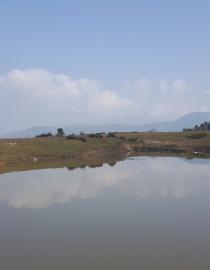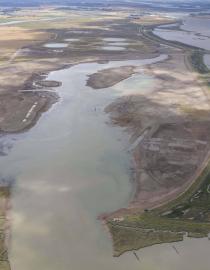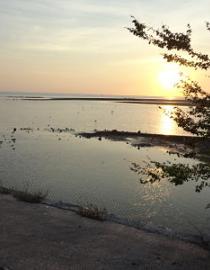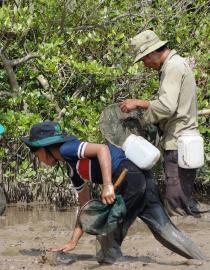
solutions
A negotiation process
Co-management agreement
Pluralistic governance board
Ensuring Justice-based Ecosystem-based Adaptation
1. Establishment of an operational committee with representatives of the Indigenous population, local authorities and other important stakeholders for joint project management
2. Installation of problem-solving platforms, which serve as working groups for conflict resolution and consensus building, especially on land tenure and resource use issues
3. Identification of flexible project implementation mechanisms, which can reflect demands at the local level (e.g., contracting of local employees from the Miskitu population)
Fortalecimiento de la institucionalidad y la organización comunal
Fortalecimiento de capacidades y conocimientos locales
Mejoramiento de infraestructura verde-gris
Fortalecimiento de la institucionalidad y la organización comunal
Fortalecimiento de capacidades y conocimientos locales
Restauración de tecnologias de infraestructura verde-gris
Incentivar la participación social como motor de la transformación
Reforestación de manglares financiada por el proyecto y apoyada por la comunidad
Posicionamiento de los grupos de mujeres como agentes de cambio
Iniciativas colectivas para el manejo de riesgos y reducción de la vulnerabilidad
Construyendo alianzas estratégicas multinivel y multi-actor
“Aprender haciendo” y monitoreo para incrementar capacidades y conocimientos
Implementacion de medidas escalables de AbE que aumentan la cobertura forestal y la dispobibilidad de agua
Consolidación de la gobernanza inclusiva para la adaptación
Participatory approach – Community-based solutions
Gendered Community-based EbA solution
Implementation Approach: Virtual Actions after planning and engagement– Due to Covid
CONNECTION WITH PUBLIC POLICIES: Santos Climate Action Plan (PACS), Conservation and Restore of Atlantic Forest Plan (PMMA) and Sao Paulo State Climate Action and Race to Resilience
“Aprender haciendo” y monitoreo para incrementar capacidades y conocimientos
Implementación comunitaria de medidas de adaptación y conservación en manglares
Fortalecer el liderazgo y la gobernanza del agua para la adaptación
Integrated on-farm soil nutrient management
Community pond restoration
Broom grass cultivation
Extensive public engagement/consultation during design phase
Fostering win-win solutions through innovative partnerships for landscape engineering
Creating a technical advisory panel for sound planning
Transforming perceptions on ecosystem-livelihood connection
Using natural processes in mangrove rehabilitation
Integrating payment programmes into a larger strategy to promote sustainable livelihoods and long-term ecosystem conservation
Using a flexible approach for defining conservation and production areas based on local knowledge
Adoption of innovative technology
